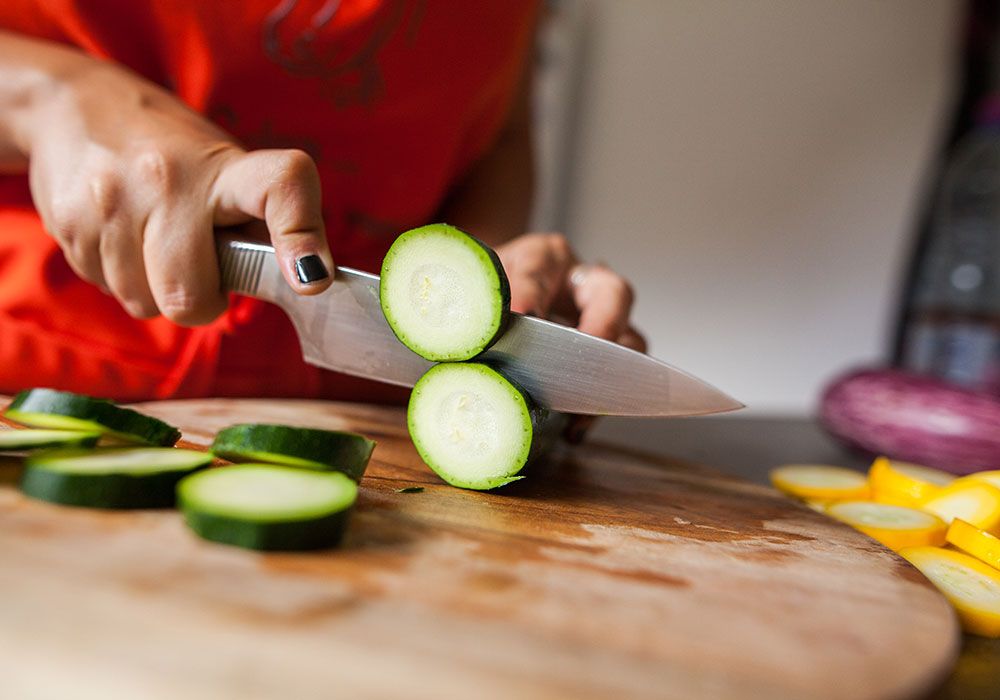A kitchen backsplash is more than just a design element; it protects your walls from splashes, stains, and moisture. Maintaining a spotless backsplash enhances the overall appearance of your kitchen. In this guide, we will discuss how to clean kitchen backsplash effectively, ensuring that your kitchen stays pristine and inviting.

Why Is Cleaning Your Kitchen Backsplash Important?
Many homeowners overlook the importance of cleaning their kitchen backsplash regularly. However, it plays a crucial role in kitchen hygiene and aesthetics. Here are some reasons why you should ensure your backsplash is always clean:
- Hygiene: Backsplashes can accumulate grease, food particles, and bacteria. Regular cleaning prevents the build-up of germs and keeps your kitchen safe for food preparation.
- Aesthetics: A clean backsplash enhances the overall look of your kitchen, making it more pleasant and inviting. It can also reflect light and make your kitchen appear brighter.
- Longevity: Proper maintenance of your backsplash can extend its lifespan, preserving the quality of materials such as tiles, grout, or stainless steel.

Preparing for the Clean
Gathering Your Supplies
Before you start cleaning your kitchen backsplash, make sure you have the right supplies. The following items will help you achieve a thorough clean:
- Mild detergent or dish soap
- White vinegar
- Baking soda
- Warm water
- Soft cloths or sponges
- Old toothbrush or small cleaning brush
- Microfiber cloths for drying
- Lemon juice (optional for stubborn stains)
Protecting Your Work Area
Before you begin cleaning, it's essential to protect your countertops and other surfaces. Place a towel or plastic sheet over your countertops to catch any drips or splashes. This will help keep your kitchen tidy during the cleaning process.

Cleaning Different Types of Backsplash Materials
Ceramic and Porcelain Tiles
Ceramic and porcelain tiles are among the most common materials used for kitchen backsplashes. They are durable and easy to clean. Follow these steps to keep your tiles looking their best:
- Mix a solution of warm water and a few drops of mild detergent or dish soap.
- Dip a soft cloth or sponge into the soapy water and gently scrub the tiles.
- For stubborn stains or grease, create a paste with baking soda and water. Apply the paste to the stained area and let it sit for 10-15 minutes. Then, scrub with a damp cloth or sponge.
- Rinse the tiles with clean water to remove any soap residue.
- Use a microfiber cloth to dry the tiles thoroughly, preventing water spots.
Stainless Steel
Stainless steel backsplashes add a modern and sleek look to your kitchen. To maintain their shine, follow these steps:
- Mix equal parts white vinegar and warm water in a spray bottle.
- Spray the vinegar solution onto the stainless steel surface.
- Wipe the surface with a soft cloth, following the grain of the stainless steel to avoid scratches.
- For stubborn spots, use a little bit of baking soda on a damp cloth. Gently rub the stained area and then rinse with clean water.
- Dry the surface with a microfiber cloth to prevent water spots and streaks.
Glass Tiles
Glass tiles can add a touch of elegance to your kitchen, but they require special care to keep them sparkling:
- Mix a solution of warm water and a few drops of mild dish soap.
- Use a soft cloth or sponge to gently scrub the glass tiles.
- For tough stains, use a non-abrasive glass cleaner or a solution of equal parts water and vinegar.
- Rinse the tiles with clean water and dry them with a soft microfiber cloth to avoid streaks.
Stone Tiles
Stone tiles, such as marble, granite, or travertine, need special care due to their porous nature:
- Use a pH-neutral cleaner specifically designed for stone surfaces to avoid damage.
- Avoid using acidic cleaners like vinegar or lemon juice, as they can etch the stone.
- Apply the cleaner with a soft cloth or sponge, following the manufacturer's instructions.
- Rinse with clean water and dry the surface with a microfiber cloth to prevent water spots.

Tips for Keeping Your Backsplash Clean Longer
- Wipe Immediately: Wipe any spills or splatters on your backsplash as soon as they happen to prevent them from drying and becoming harder to clean.
- Regular Maintenance: Incorporate backsplash cleaning into your regular kitchen cleaning routine. A weekly wipe-down with a mild cleaner will keep it looking fresh.
- Use a Sealant: For stone and grout, consider applying a sealant to protect against stains and moisture.
- Avoid Abrasive Tools: Stay away from abrasive scrubbing pads or harsh chemicals that can scratch or damage your backsplash material.
- Ventilation: Ensure proper ventilation in your kitchen to minimize the build-up of grease and moisture on your backsplash.
FAQs about Cleaning Kitchen Backsplash
What is the best cleaner for a ceramic tile backsplash?
A solution of warm water and mild dish soap is often sufficient for cleaning ceramic tile backsplashes. For tougher stains, a baking soda paste can be effective.
Can I use vinegar on a stainless steel backsplash?
Yes, a mixture of equal parts white vinegar and water works well for cleaning stainless steel backsplashes. Just be sure to follow the grain of the steel to avoid scratches.
How often should I clean my kitchen backsplash?
You should wipe down your backsplash weekly as part of your regular kitchen cleaning routine. For areas with frequent cooking, more frequent cleaning may be necessary.
For further reading and more kitchen cleaning tips, visit Good Housekeeping's guide on keeping your kitchen surfaces pristine. Another great resource is the Keeping a Clean Kitchen.
As an Amazon Associate, I earn from qualifying purchases.






Leave a comment
This site is protected by hCaptcha and the hCaptcha Privacy Policy and Terms of Service apply.